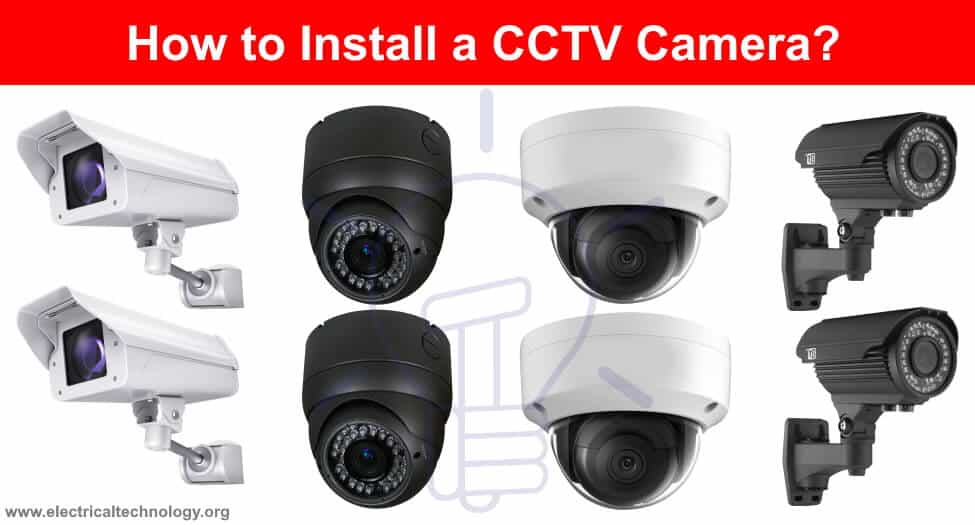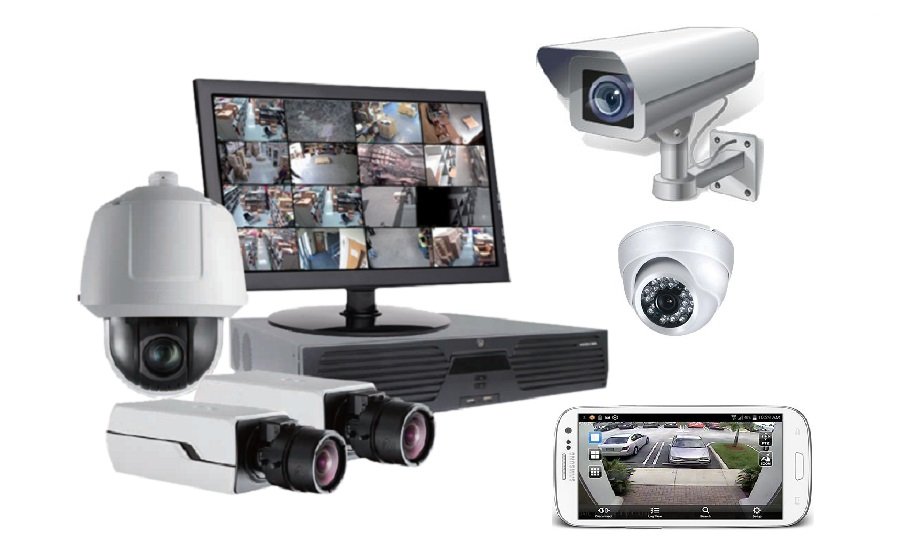How to Install a Security Camera System
How to Install a Security Camera
System
Installing a security camera system can be a great way to protect your home and
give you peace of mind cctv camera Singapore. There are many different types of cameras, so you should
make sure that you choose the right one for your needs.

There are two main types of security cameras: traditional or dumb cameras and
smart cameras. The latter can be controlled remotely and have a lot of extra
features.
Depending on your needs Security System, you can decide between wired or wireless systems. The
former are less expensive and require fewer cables, but the latter are more difficult
to install.
When choosing a security camera, there are several factors to consider: the
resolution, field of view and lighting. You should also think about where you want to
place the cameras. This will ensure that all of the important areas are in focus and
easily visible at all times.
The location of the cameras should be logical and positioned in a way that provides
footage of potential criminals’ most likely hiding spots. This includes areas such as
dark rooms, storage areas and closets.
You can also position indoor security cameras strategically to monitor children, pets
or older residents who are prone to falls.

Once you have selected a location for your cameras, prepare the mounts and drill
holes to attach them. Most kits come with a template and a set of mounting screws.
Use the template to make sure you are drilling the correct holes and then screw the
camera mounts into the wall securely.
If you are using wired cameras, plan out your cable runs to make sure they will reach
all of the cameras and the DVR box in an easy, professional-looking manner. You will
need to run coaxial or Cat-5 data cables from each of the cameras to their locations
and then to the DVR.
After you have completed your wiring, connect each camera to the DVR or NVR,
depending on which type of system you have chosen. Once connected, turn on the
cameras and test them to make sure they are capturing their intended areas. If
some are not working, adjust their angle accordingly to compensate for blind spots.
In addition to the cameras and the DVR or NVR, you’ll need a recording device to
capture and store the footage. This may be a digital video recorder (DVR) or network
video recorder (NVR).
Most systems include a DVR that will receive and record all of the cameras’ videos.
You can then play them back on a screen or use the DVR to control the cameras
from your computer, tablet or smartphone.
A DVR will need to be plugged into a power outlet and turned on before it can start
recording. This will help the system work properly and prevent any connection
problems between the devices.
Once you have finished wiring, hook up the cameras to the DVR or NVR, making sure
all connections are secure and all of your wires are seated correctly. This will ensure
that the system works effectively and your footage is saved safely.

